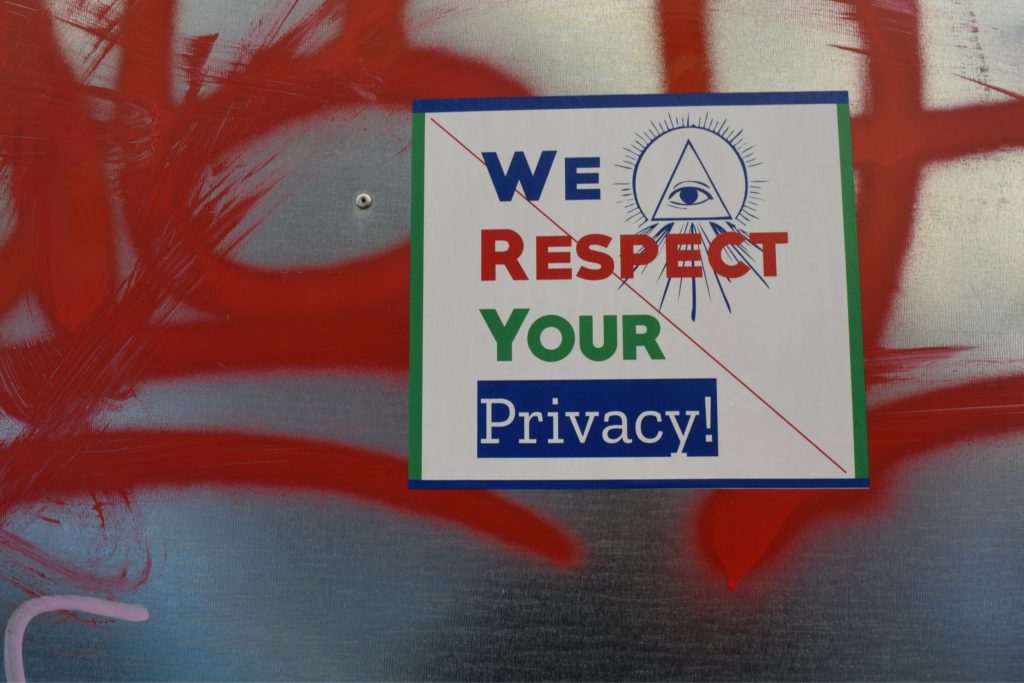
The crumbling of the Cookie
The death of third-party Cookies is not the death of advertising. Unbelievably, the profession existed before cookies did.
“You finally really did it. You maniacs….Damn you. God damn you all to hell.”
That was a fitting level of anger and anguish from Charlton Heston when he finds out it was earth all along. And that they blew it up.

However, this also wasn’t too far from the reaction of many in Adtech a couple of weeks ago when those “maniacs” at Google blew up the whole industry by announcing it wouldn’t be replacing cookies with independent identifiers.
I’m not 100% sure the level of outrage was fitting on this occasion.
But Floc-ing hell it went off. It was like someone suddenly turned off the power, water, access to food and the Netflix subscription all in one.
For me, this was merely proof that we’ve become over-reliant on cookies for too long; something that if we’re honest has drifted into mass spying on an industrial scale. Whole chunks of the industry is now based on profiling people by cookies and we can’t think beyond the lure of big data.
The promise of programmatic was that you could forensically target your audience without wasting budget on less focused media choices. Placing your advertising in contextually relevant places and associating with media brands that deliver trust as well as exposure feels hopelessly old-fashioned to some – but hey, it still works.
Anyway, we don’t have much of a choice. It looks like in one fell swoop, we’ve gone from a world with a wealth of stats to work with, to one where data is restricted and time-bound.
And by the way, whilst Chrome is the most important browser in the UK, actually less than one person in 2 uses Chrome (Statcounter Feb 2021). A third of browsers use Safari, which banned third-party cookies over a year ago. The future is already here!

So how are we adapting to this brave new world? One point to make is that whilst some data is becoming less rich, AI and machine learning techniques have made giant strides in filling the gaps with the data we still have.
What kind of data?
Well, for instance, there’s a rich seam of behavioural data like device, location, context, time of day and day of the week. Location can normally be targeted down to postcode level, which – as every leaflet distributor knows – is often all you need.
Then there are environmental factors that a good planner can exploit. Fancy a game of golf in the rain? No, no one does – so if you are marketing a golf course, put your marketing on hold until the next sunny day.
Finally, we need to think a lot harder about ad creative. The dominant format here is video – and just treating video as an animated billboard is surely a missed opportunity. As a gazillion TikTok videos show, you can cram so much humour, or information, or emotion into 60 seconds.
Here are some ways in which you can make this change work for you.
Focus on the customer insight
Advertising is not all a string of zeros and ones. Our goal is to change minds, spark action, shatter complacency.

Of course, reach, frequency, format selection – all this is important. But more important, but less discussed, is having empathy with our target audience, getting under their collective skin and supporting change.
Never stop selling
In the old cookie-based days, we knew who our customers were, who our prospects were, and who had never heard of us. Quite soon, that won’t be the case. Remarketing in particular is going to be a struggle (except perhaps if the entire customer journey happens within a walled garden like the Google ecosystem).
So like it or not, you won’t be able to work out when to up-sell or cross-sell. You just have to keep selling as if everyone is a prospect.
Capture an email address
Finally, don’t forget how the world worked before we could drop a tracking cookie on everything that moves.
If you want to talk to someone again, give them the chance to invite you. Explain the value you can deliver through a longer engagement. And ask for a lovely old-fashioned opted-in email address. Or even something that Charlton Heston would approve of – a postal address or phone number.
